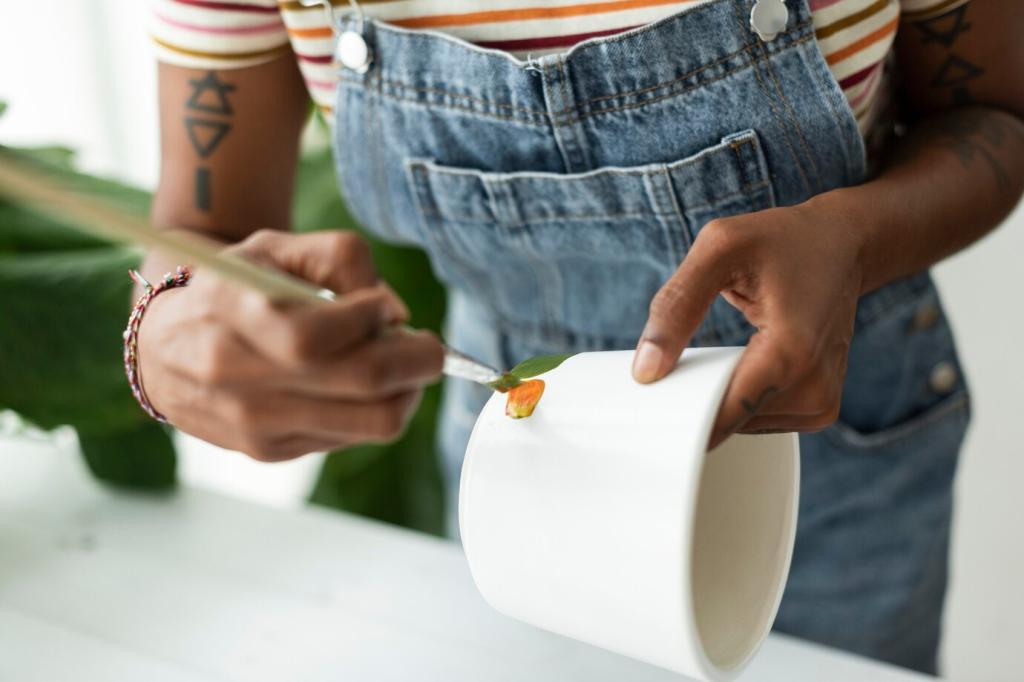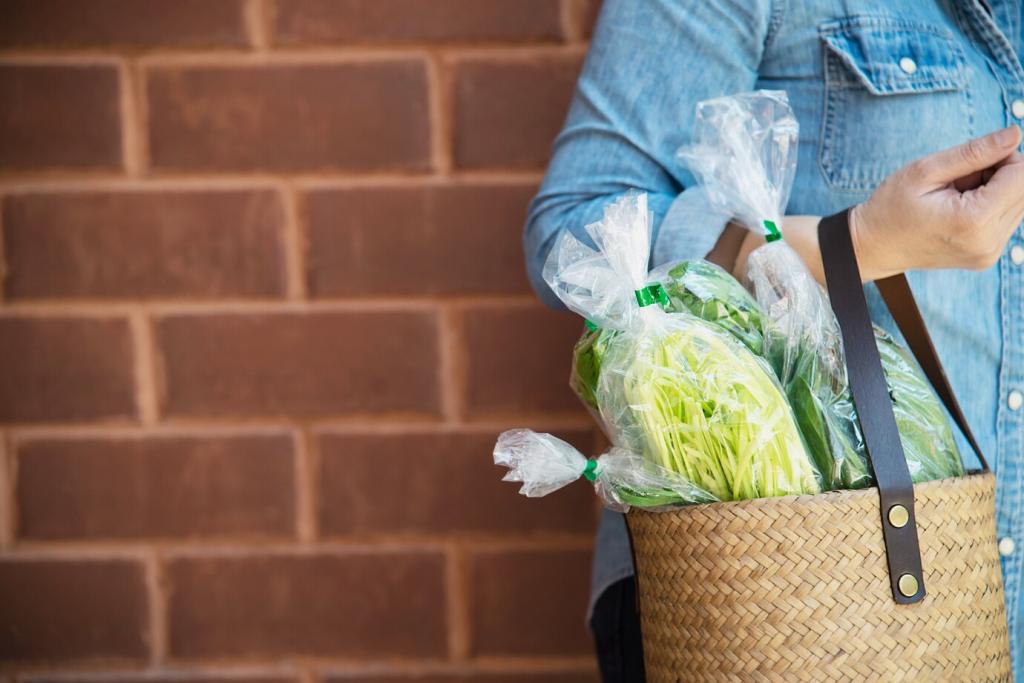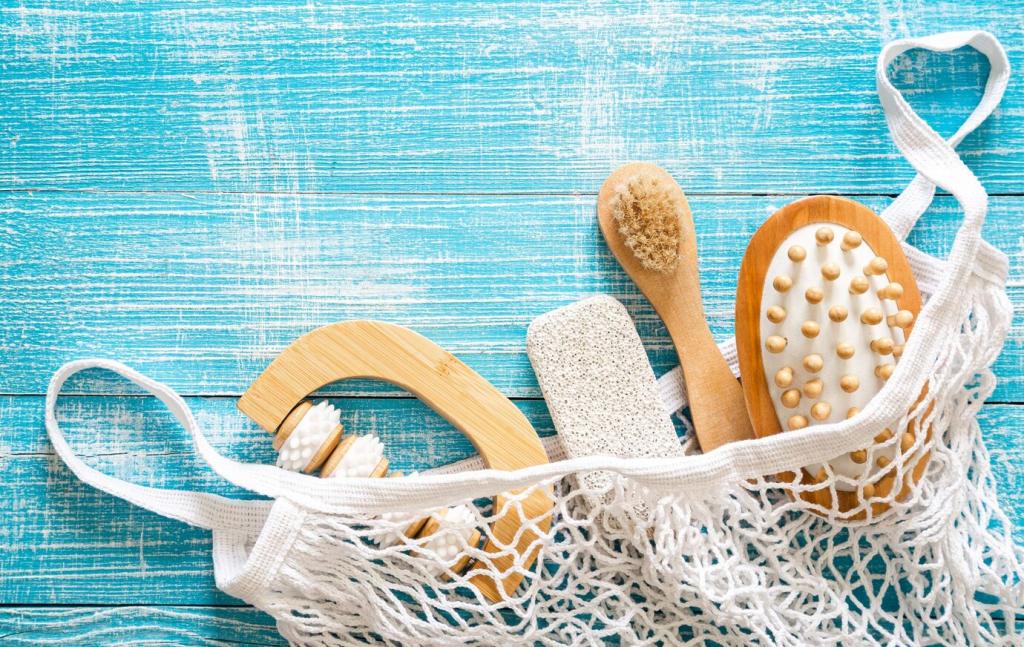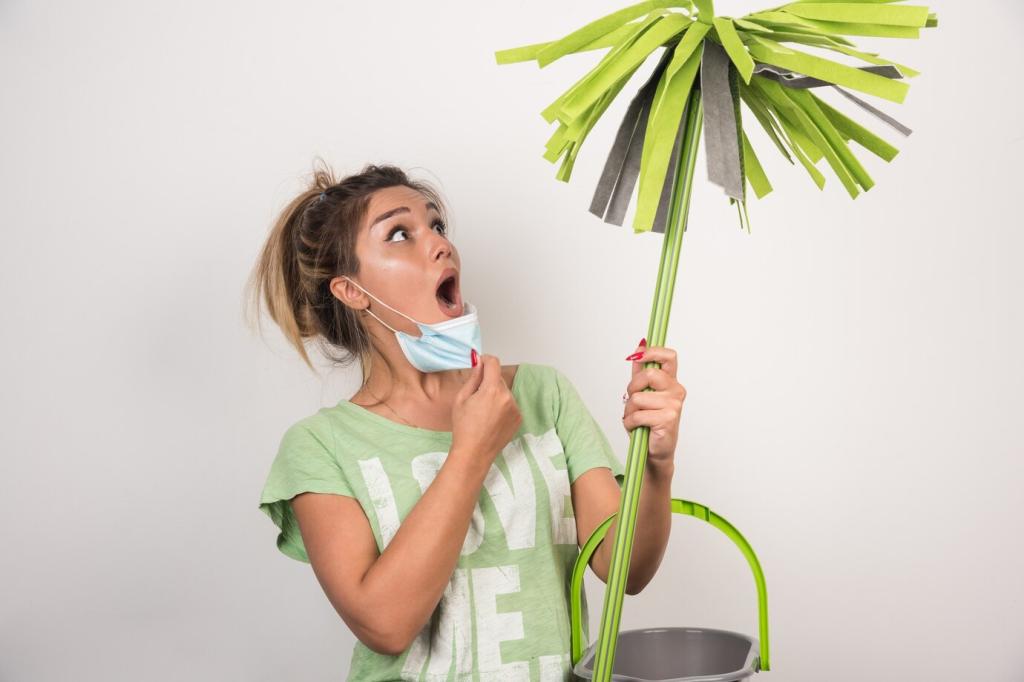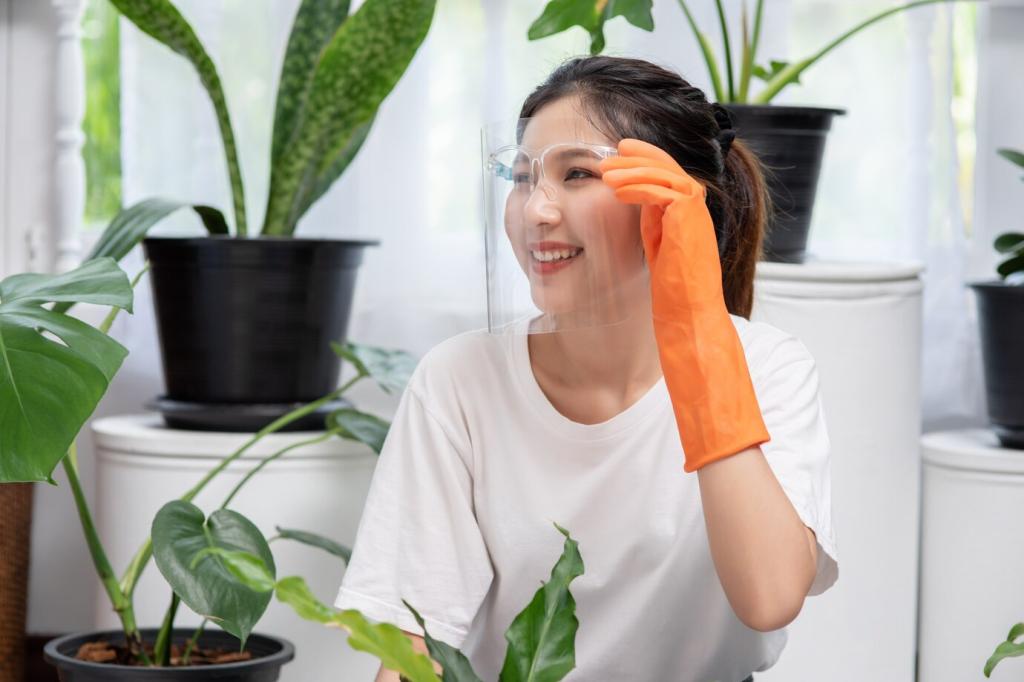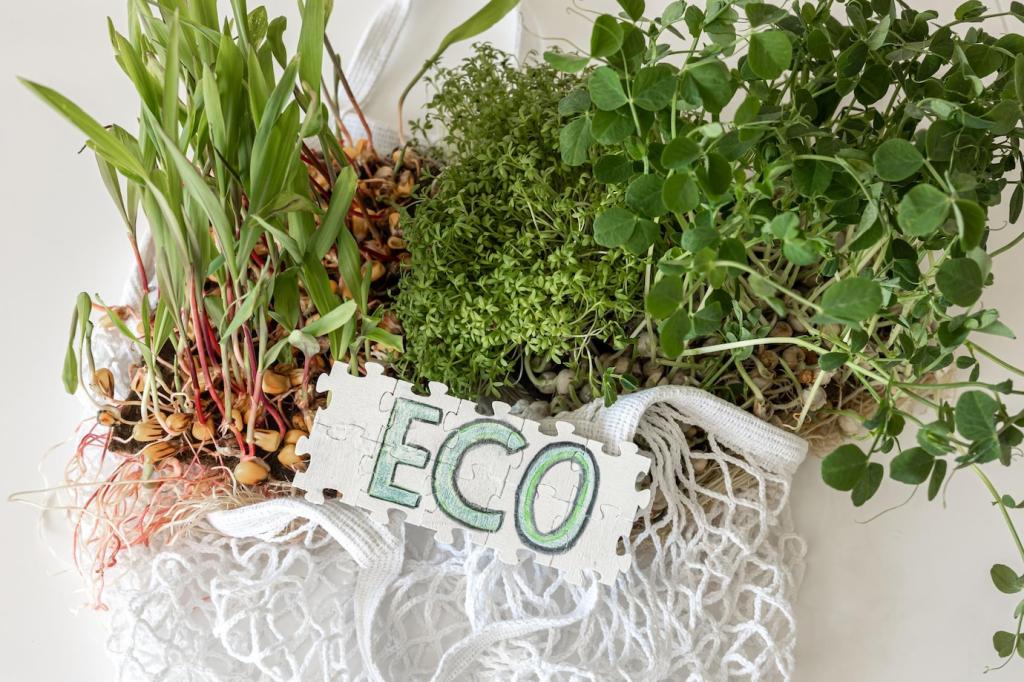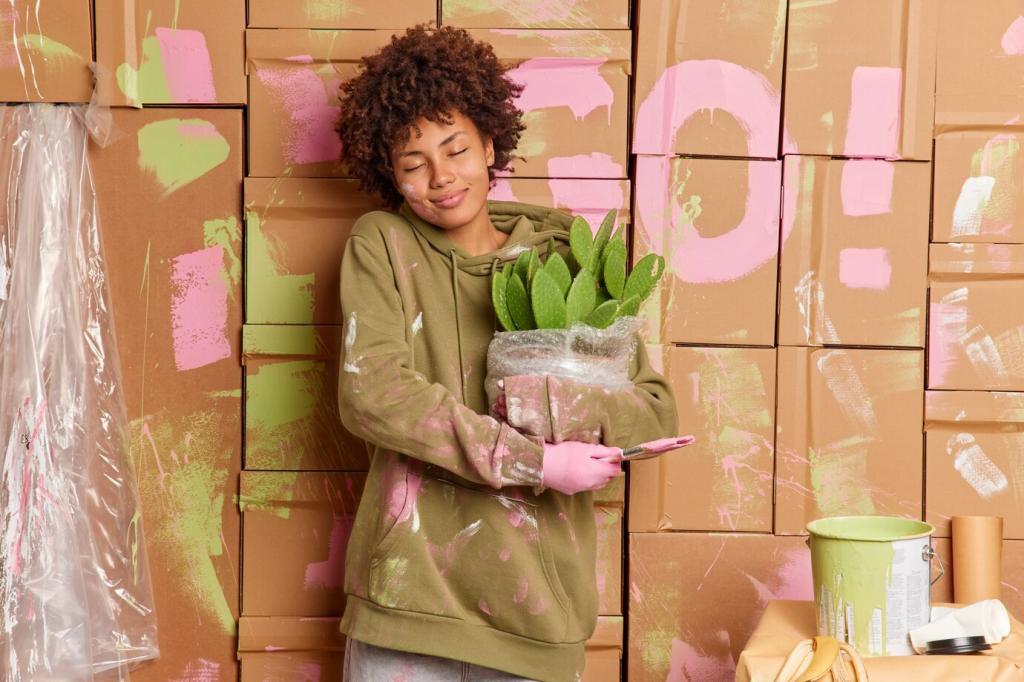Routines, Storage, and Eco‑Responsible Disposal
Dust with a barely damp microfiber and a mild biodegradable cleaner, moving with the grain on wood. Small, steady sessions prevent build‑up. Share your routine length and room type so we can suggest time‑saving tweaks.
Routines, Storage, and Eco‑Responsible Disposal
Label DIY mixes with dates, store tightly closed, and avoid sunlight. Many water‑based biodegradable cleaners last four to six weeks. Make smaller batches, and tell us which recipe you want scaled for larger households.
Routines, Storage, and Eco‑Responsible Disposal
Use the smallest effective amount, then dispose via household drains where municipal treatment exists. Outdoors, disperse on soil away from waterways. Never dump concentrates. Comment with your local setup for tailored disposal guidance.

